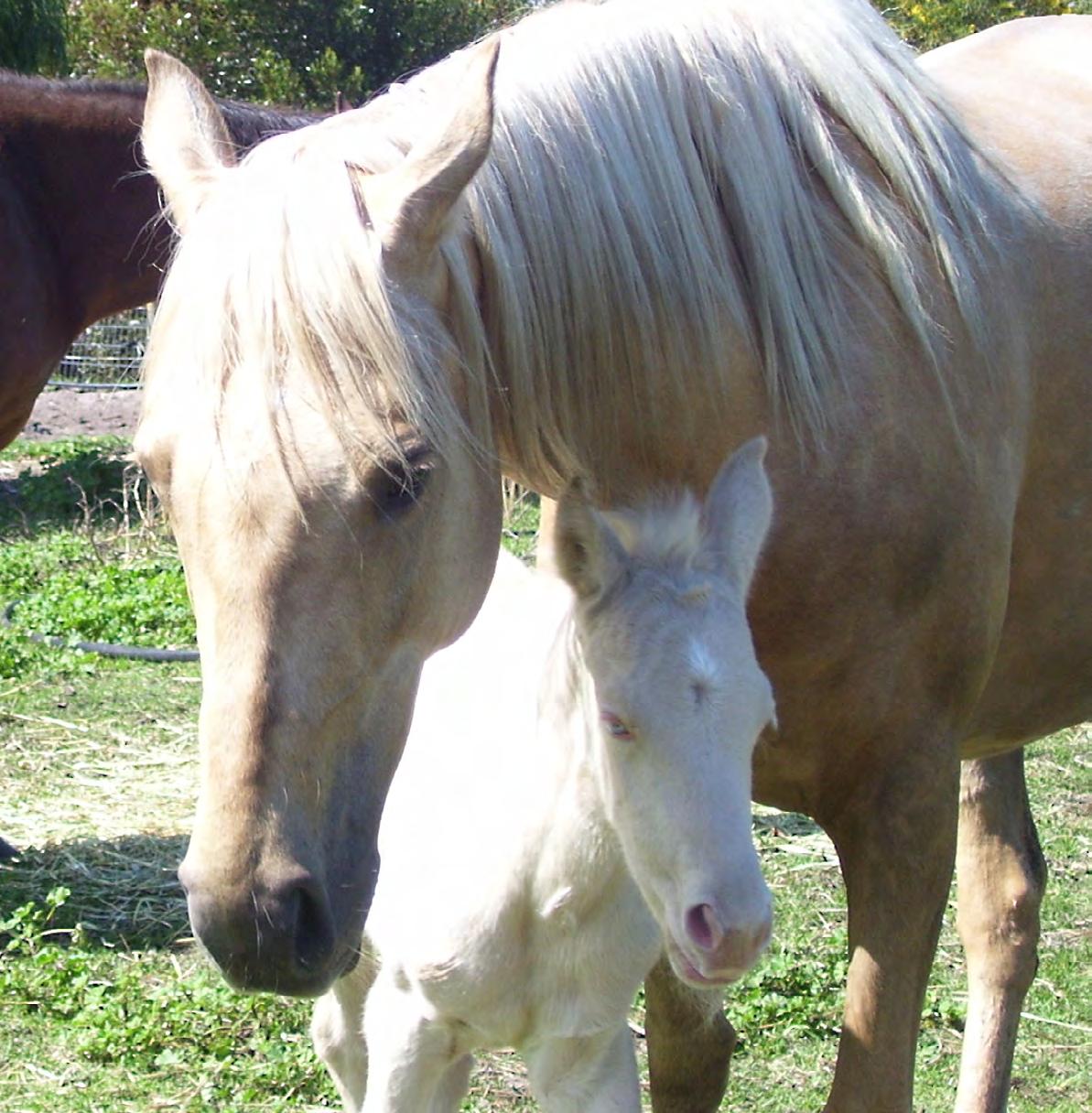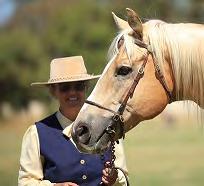
5 minute read
Nine Reasons Why Your Horse Needs Enough Copper
By Janet Forster
Copper is a nutrient that is essential for all mammals. It functions as a cofactor in the activities of many enzymes (proteins that catalyse chemical reactions throughout the body). These enzymes play critical roles in maintaining overall health - organ function, metabolism, growth, detoxification processes, and more.
Here are 9 reasons why horses must have enough copper in their diet:
Copper And Metabolism Of Iron (And Zinc And Manganese)
Copper is an integral member of a group of 4 minerals (Fe/Cu/Zn/Mn) that work in synergy and must be present in the correct ratio with each other for optimal metabolism (uptake) of all 4 to occur. One of these minerals is iron, essential for red blood cell production amongst other important tasks.
Inadequate copper levels can cause iron deficiency anaemia, even in horses that have sufficient levels of dietary iron. However, excessive iron levels adversely impact copper metabolism, even when there is enough copper in the diet. This causes a copper deficiency (that in turn affects iron metabolism and brings on iron deficiency anaemia).
Take home point: Maintaining the correct ratio between these 4 minerals is critical for overall good health.
Copper Balances High Iron Diets
High dietary iron levels contribute to a range of disorders including liver damage, laminitis and insulin resistance. It also impacts copper and zinc absorption as mentioned above.
Most forage is (very) high in iron, mainly because iron is abundantly present in soil and water. Given that horses must consume large amounts of forage to keep their digestive system working correctly, it’s almost impossible to significantly reduce their iron intake without starving them! The accepted work-around solution is to increase the other minerals (copper and zinc notably) that work synergistically with iron so the all-important recommended Iron: Copper: Zinc ratio of 4:1:3 is maintained.
However, it should also be noted that horses, unlike sheep and cattle, have quite high upper tolerance levels for iron and copper. Therefore, they can tolerate a ratio of 4-8:1:3-4 for Iron:Copper:Zinc respectively without suffering adverse side effects.
Take home point: Increasing copper and zinc to balance high iron levels is the recommended way to deal with diets excessively high in iron.
Copper And Cellular Energy Production
Cytochrome c oxidase is a copper-dependent enzyme that spans mitochondrial membranes and catalyses the conversion of oxygen to water to produce cellular energy. The copper molecules in the enzyme act as binding sites for oxygen molecules. Insufficient copper in the diet therefore impairs the ability of cytochrome c oxidase to do its job properly.
About mitochondria: these are the power plants of cells. They produce adenosine triphosphate (ATP), the primary source of cellular energy. This energy underpins every single cellular activity that takes place within the body.
Take home point: Horses require enough copper to maintain the cellular energy that keeps them alive.
Copper And Hoof Health
Copper is essential for good hoof health. Along with zinc, it is involved in keratin synthesis. Keratin is a structural protein found in hair and hooves. Research has found that horses that get enough copper and zinc in the correct ratio with iron and manganese have lower occurrences of seedy toe (white line disease) and less risk of hoof wall separation. They also have better overall quality of hoof growth – less cracking, stronger hoof structure etc.
Take home point: Horses need copper, and zinc, for good hoof health.
Copper Is A Valuable Antioxidant
Copper-zinc superoxide dismutase is an antioxidant enzyme (that contains copper and zinc) that catalyses the conversion of superoxide radicals into hydrogen peroxide so they can be further converted to water by other enzymes. In humans, a version of this antioxidant is found in skin cells where it helps protect skin from oxidative damage.
Take home point: Horses need copper for antioxidant protection.
Copper And Immune Function
Low levels of copper-zinc superoxide dismutase can adversely affect immune system function. Certain types of immune system cells rely on the enzyme to produce hydrogen peroxide (see above point), which is then used to help prevent infection and destroy bacteria. Bacterial conditions like rain scald and mud fever for example may be exacerbated by insufficient levels of this enzyme due to low levels of copper and zinc.
Take home point: I have personally noticed a vast improvement in the skin health of my older horses in particular since balancing their Fe:Cu:Zn ratio correctly.
Copper And Nervous System Function
Nerve cells are covered in a protective sheath of myelin and, you guessed it – copper is involved in producing and maintaining myelin. Copper is also required for norepinephrine production, a neurotransmitter that facilitates communication between nerve cells.

Take home point: Horses require enough dietary copper to maintain good nervous system function.
Copper And Foetal Bone Development
Lysyl oxidase is yet another copper-dependent enzyme involved in extracellular processing of connective tissues ie collagens and elastin. This means that copper is essential for the functional activity of the enzyme, and thus for the development of strong tendons, ligaments, and cartilage.
Inadequate gestational copper levels in mares therefore may be linked to connective tissue problems in their newborn foals. Notably osteochondrosis (OCD), a developmental orthopaedic disease that afflicts as many as 25% of young horses and newborn foals, can be caused by mineral imbalances and a copper deficient diet.
Take home point: Horses require enough dietary copper to maintain strong, functional tendons, ligaments and cartilage, especially in utero. Copper And Coat Colour
Copper is a core ingredient in the enzyme tyrosinase, which in turn is essential for melanin production. Melanin is the pigment that gives skin and coat hair their colour, and provides protection from harmful solar energy.
A dietary copper deficiency means they can’t produce enough tyrosinase to maintain normal pigment production. The result is usually a dull, faded coat that sun bleaches rapidly. These horses are also probably zinc-deficient as well, although other issues like high worm burdens may also contribute to the problem.
Take home point: Horses fed enough copper should have rich, fully pigmented coats because they can produce sufficient melanin to protect their coats from sun bleaching.
The Final Point About Copper
Adequate copper levels allow enzymes in all cells of the horse’s body to work properly. This improves overall health, coat and hoof condition, energy metabolism, and much more.
Always get a diet analysis done and consult an equine nutritionist for advice before adding individual minerals to your horse’s feed.

About the author:
Janet Forster hails from sunny Perth in Western Australia. During a lifetime spent with horses, she has bred, competed, loved and written about them. She owns a collection of high percentage Tb crossbreds, most of which are palominos and registered Australian Stock Horses.








